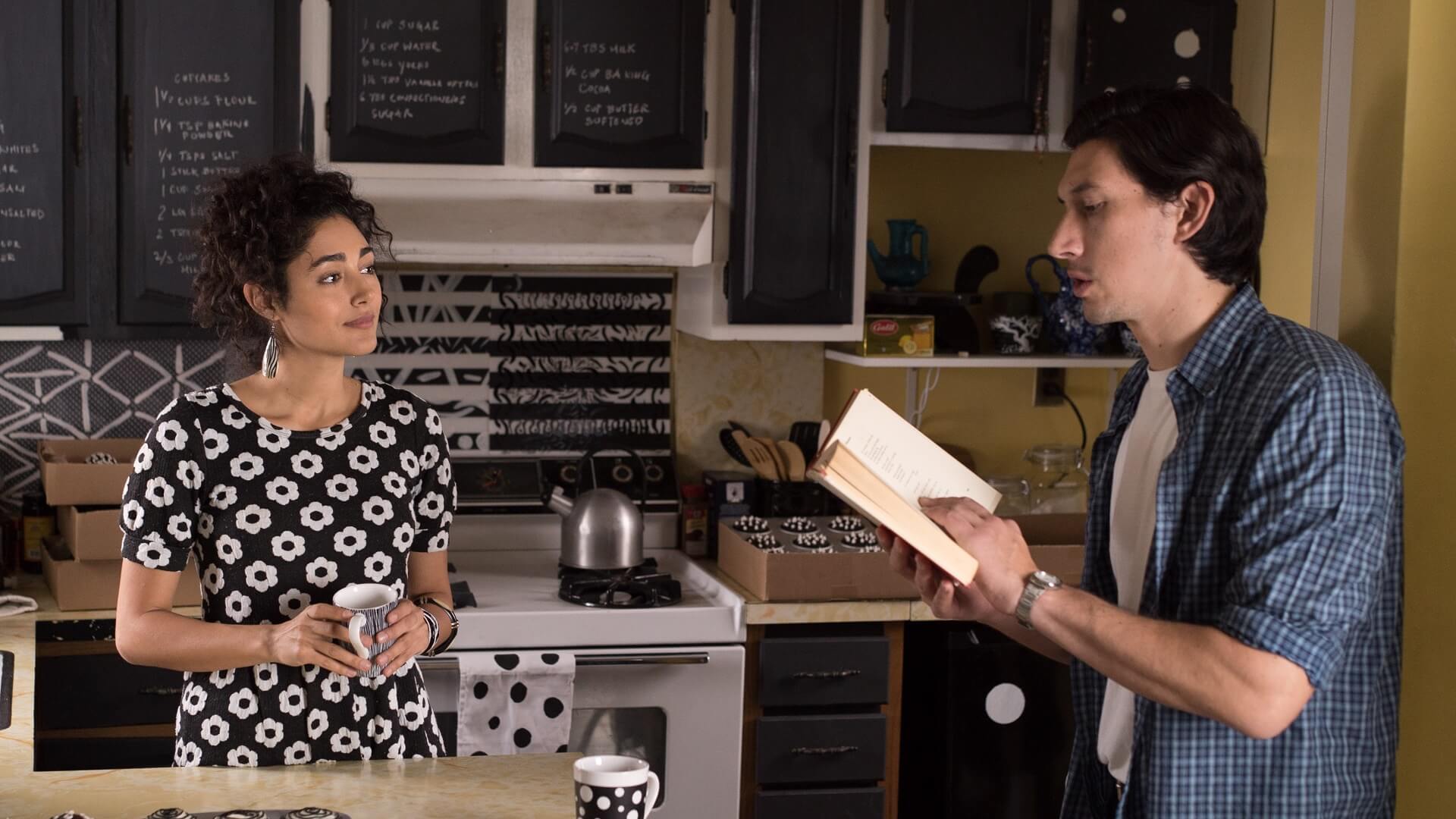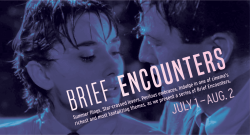Posted February 27, 2017
Black, White, and Gray in Jim Jarmusch's Paterson
by Michael Bloom, Pleasantville High School student
Paterson is a film that reminded me a lot of my favorite movie of 2016, Richard Linklater’s Everybody Wants Some!!. When taken at face value both movies seem to be about nothing. Their plots meander, they both feel at times repetitive, and they both have a time motif that, unlike most films, lacks a sense of urgency. This absence of a distinct story is what allows these two films to succeed. They don’t have to spend time introducing and building upon plot points and as a result their characters and dialogue immerse you in a worlds that can only be described as fantastical hyperrealities. What separates the films is how they handle their characters. In Everybody Wants Some!!, the feelings and motivations of each character are very clear. While they are not usually stated directly, they become evident through Linklater’s rapid fire dialogue. Paterson, on the other hand, is subtler in its character development. Its writer and director, Jim Jarmusch, uses symbols, motifs, and juxtaposed imagery to develop his film’s characters, and also express some of its main themes.
Paterson is packed with details that can be discussed and debated and if I tried to write about all of them this post would take weeks to read. Instead I’d like to focus on a particular area of the film that stuck out to me. I thought the most interesting and intriguing part of Jarmusch’s film was the relationship between Paterson and his wife, Laura. The dynamic between the two is a microcosm for the film’s main conflict (I use conflict very lightly here, because the film doesn’t really have a concrete or outright dispute, quarrel, or clash within it).
Paterson is a soft-spoken man who lives a life of routine and repetition. Each day he drives his bus route, writes a bit of poetry, eats lunch in the same park, and goes to the same bar where he drinks precisely one glass of beer. His day is formulaic, but he enjoys every minute of it. He lives without a smartphone, which seems like a preposterous thing to do. Yet this never truly seems to impede on his well-being or ability to stay afloat. Paterson does not resist change, he merely doesn’t see a need for it.
Laura is the ying to Paterson’s yang. Each day she wakes up with a new dream and a different ambition. She bounces between wanting to be a designer, to wanting to be a country singer, to wanting to be a pastry chef. Unlike Paterson, she is never content with routine. Each day must be full of surprises and new endeavors. The colors associated with her character help the audience understand who she is and how she differs from Paterson. Laura is almost always wearing outfits that are black and white. She spends portions of her day painting various parts of the house these same two colors. Her time is spent in a world that is black and white, while Paterson spends the majority of his time in a city that is bathed in gray and beige. Laura’s outlook coordinates with the colors with which she is associated. When she takes on a project she expects it to end with glory and fame. In the beginning of the film, this appears to be blind naiveté, but as the narrative progresses we understand that Laura is a wildly ambitious and optimistic person.
Laura’s black and white is perfectly juxtaposed with Paterson’s gray. Like Laura, Paterson is artistic, but prefers to keep his art to himself. He is more muted in his expression and keeps his poems tucked away in a secret journal. Paterson sees the city with which he shares a name as a place where he can get lost in the crowd and peacefully continue his routine. Laura, on the other hand, is inspired by the city’s uncanny ability to breed celebrities (including Fetty Wap, Lou Costello, and Susan Misner) and looks to find her place among them.
The film introduces and develops both characters and allows for the audience to determine which lifestyle is more appealing. It never blatantly favors one character’s philosophy over the other. Despite this, I believe the film and Jarmusch himself subtly hint that a healthy combination of both is a recipe for success.



